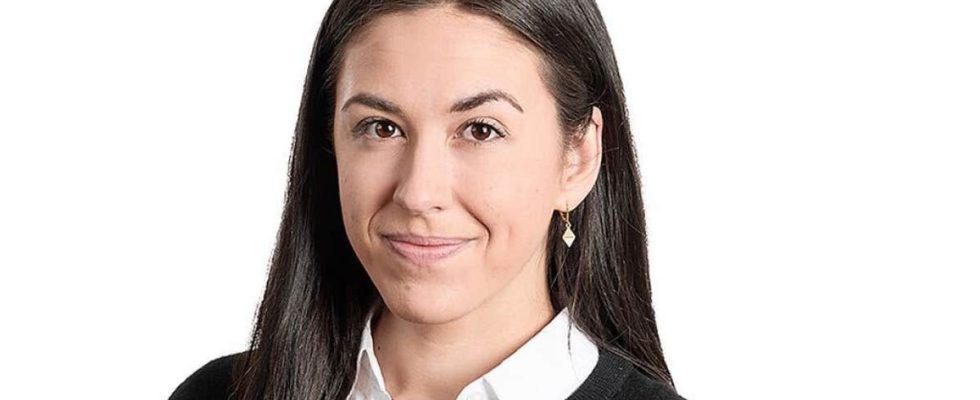At the beginning of February, in Alberta, forest firefighters were still crisscrossing the territory on the lookout for peat fires still gnawing away at the ground despite the cold and snow. After a record fire season in this province in 2023 – more than 1,000 fires having ravaged 2.2 million hectares and forcing the displacement of thousands of people – an abnormally high number of residual fires were still active at the lowest point of the winter this year. According to Alberta Wildfire, there were 10 times more than the annual average. Nothing helped, the dry and warm winter set the table for a 2024 season particularly conducive to devastating fires.
Besides, Alberta is preparing for the worst. At the end of February, Alberta Minister of Forestry and Parks, Todd Loewen, announced the deployment of around a hundred additional firefighters in the territory, predicting an early start to the forest fire season. We are also preparing to allocate significant sums to firefighting and prevention during the spring and summer. Fire department representatives say they are concerned about recruitment and retention problems due to the poor working conditions offered to workers in this province.
The situation is just as alarming in British Columbia, which is barely recovering from a similarly devastating fire season. Some 2.84 million hectares of forests devastated — an absolute record, for a single year, in terms of area decimated. To give an idea of the exceptional nature of the 2023 season, the previous record, dating from 2018, stood at 1.35 million hectares, almost half as much. Tens of thousands of people have been displaced; severe damage was inflicted on infrastructure and ecosystems.
In Quebec too, we are preparing to face a formidable 2024 season. The Society for the Protection of Forests Against Fire (SOPFEU) announced this week that its budget would be increased by $29 million over five years, and that it aims to increase its ranks by a third. Already, 50 forest firefighters have been recruited for the coming season, and we hope to increase this number to 80 next year. Although it cannot be said at this time whether the fire season will be as fierce as last year, it is noted that the early spring and the low amount of precipitation indicate that we will have to be ready. Remember that in March, SOPFEU distributed a fire risk bulletin for Montérégie, Estrie and Centre-du-Québec. Never seen before so early in the year…
Beyond the risks and trauma already inflicted on communities affected by forest fires, it must be remembered that their intensification raises serious concerns about the acceleration of global warming. It’s obvious, but forests, when they burn, emit carbon — and not just a little.
To give an idea of the scale of emissions linked to last summer’s Canadian fires, as of August 2023, they had emitted approximately 1.5 billion tonnes of CO2. This represents triple the emissions linked to the country’s annual consumption of hydrocarbons.
In 2023, it was noted that Canadian forests had likely reached a tipping point (tipping point) climatic, that is to say that they now emit more CO2 than they absorb any. We understand that a vicious circle has begun: the climate is warming, which encourages the outbreak of forest fires, which in turn release emissions into the atmosphere which aggravate global warming. Since Canadian forests are among the largest “carbon stores” on the planet, this also means that they could, sooner or later, transform into real carbon bombs. In many ways, this process is already underway.
The federal government is now pretending to act. Gathered at a press conference on Thursday, ministers Steven Guilbeault, Harjit Saijan, Patty Hajdu and Jonathan Wilkinson announced that Ottawa was preparing to face an early and devastating forest fire season. Already, the indicators are red in several regions of the country. We prepare for the worst while hoping for the best — that was the essence of the message, which was accompanied by new investments to support the provinces and Indigenous communities in preventing and fighting fires. “Prepare”, the word seems poorly chosen. It seems more like it’s about saving the furniture now that the worst has happened.
Annual fires, polluted air, decimated communities, displaced people: all of this has become part of the dystopian present that we have created and chosen, in the age of global warming. Last summer, when the major cities of the east of the continent were covered in suffocating smoke, when municipalities were evacuated, when thousands of people took up residence elsewhere, it was painfully clear that we were experiencing a prelude to the new normal, in a world committed to a warming trajectory of nearly three degrees by the end of the century.
Not only did the Canadian government not “prepare for the worst,” but it precipitated, through its negligence, the worst. To now say that we “hope for the best” is an insult to intelligence.
